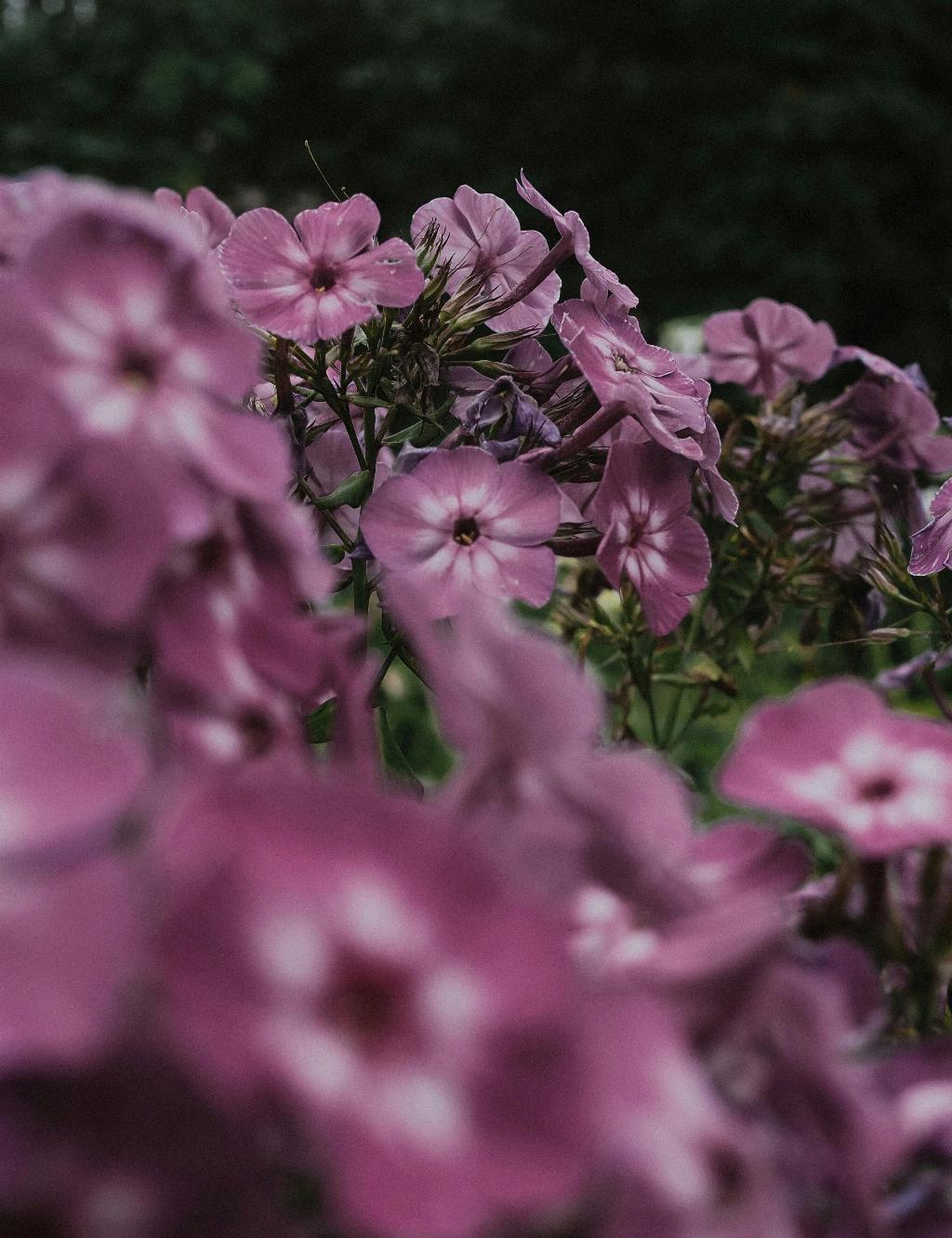Creeping phlox is a beautiful and vibrant plant that many gardeners love to cultivate. It provides excellent ground coverage with its stunning carpet of flowers in various shades. However, a common concern among dog owners is whether creeping phlox poses any danger to their furry companions. This article will dive into the topic to provide you with a comprehensive understanding of the toxicity of creeping phlox to dogs.
Introduction to Creeping Phlox Plant
Creeping phlox, scientifically known as Phlox subulata, is a perennial plant that belongs to the Polemoniaceae family. It is native to North America and is widely appreciated for its low-growing habit and ability to spread across gardens like a beautiful carpet. The plant produces small, five-petaled flowers that bloom in shades of pink, purple, blue, and white, adding a pop of color to any landscape.
Overview of Creeping Phlox
Creeping phlox is a hardy plant that thrives in various conditions, including full sunlight and well-draining soil. Its adaptability and resilience make it a popular choice for ground cover in rock gardens, slopes, and borders. The plant is known for its low maintenance requirements and drought tolerance, making it a favorite among gardeners looking for an easy-to-care-for and visually appealing plant.
Benefits of Creeping Phlox in Gardens
Aside from its aesthetic appeal, creeping phlox offers several benefits to gardens. It helps prevent soil erosion, suppresses weed growth, and attracts pollinators such as bees and butterflies. Additionally, the plant is deer-resistant, making it an ideal choice for gardens located in areas with high deer populations.
Potential Risks and Concerns
While creeping phlox is generally considered safe for humans, children, and other animals, including farm animals and wildlife, some concerns may arise when it comes to dogs. It is crucial to understand the potential risks associated with creeping phlox and take necessary precautions to ensure your pet’s safety.
Toxicity of Creeping Phlox to Dogs
Fortunately, creeping phlox is a non-toxic plant, and ingesting it is unlikely to cause harm to dogs. This quality makes it a safe choice for pet owners who want to enjoy the beauty of the plant without worrying about potential toxicity issues for their furry friends.
Symptoms of Creeping Phlox Poisoning in Dogs
Since creeping phlox is non-toxic to dogs, there are no specific symptoms of poisoning associated with ingestion of the plant. Dogs that accidentally consume creeping phlox are unlikely to experience any adverse effects, and the plant is considered safe for canine companions.
Treatment for Creeping Phlox Toxicity
Given that creeping phlox is non-toxic to dogs, there is no specific treatment required in the event of ingestion. However, it is always advisable to monitor your pet for any unusual behaviors and consult a veterinarian if you have concerns about your dog’s health after exposure to the plant.
How to Prevent Creeping Phlox Poisoning in Dogs
While creeping phlox poses no significant risk of toxicity to dogs, it is essential to prevent any potential issues by keeping an eye on your pets while they are around the plant. Ensuring that your garden is well-maintained, with no access to harmful or toxic plants, can help keep your dogs safe and secure in their environment.
Conclusion
In conclusion, creeping phlox is a safe and non-toxic plant for dogs, making it an excellent choice for pet owners who want to enhance their gardens with this beautiful ground cover. By understanding the plant’s properties and taking necessary precautions, you can enjoy the beauty of creeping phlox without worrying about any harmful effects on your canine companions.

